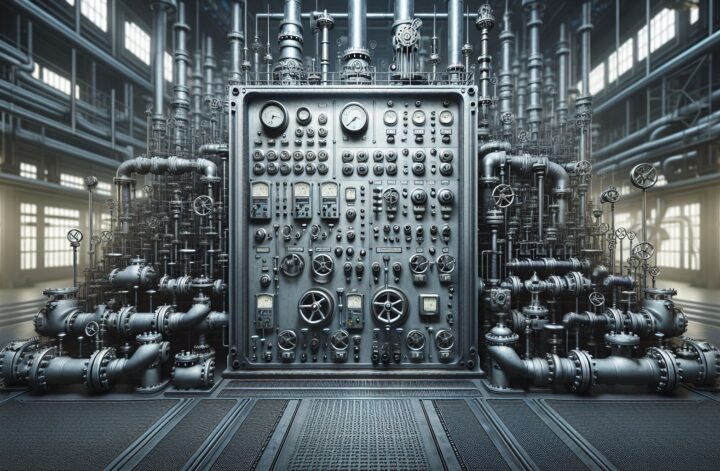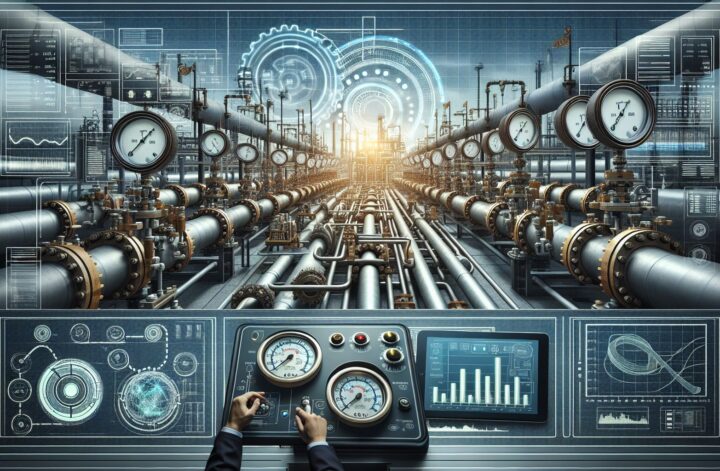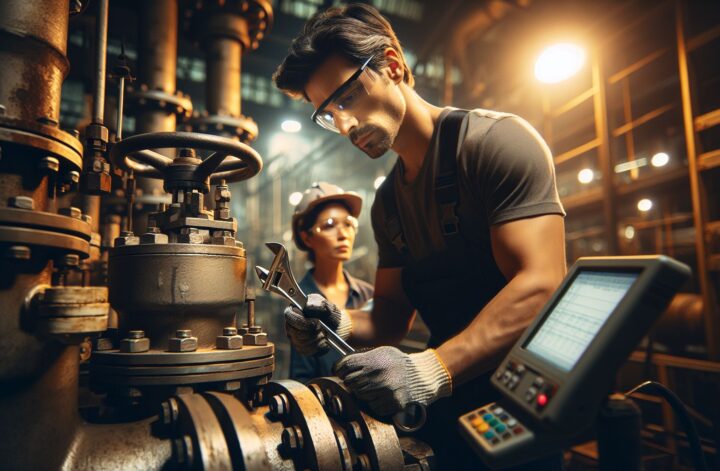With the high demand for process efficiency and optimization in different sectors such as oil & gas, water treatment facilities, and power generation plants, valve control optimization is gaining significant attention. Valves, being one of the key components of a control system, essentially regulate the flow of substances (gas, liquids or superior fluids) and are integral for a process system’s efficient and safe performance.
The process of valve control optimization involves reallocating, reconfiguring, resizing or even replacing these devices to ensure that the system operates more efficiently, reduces potential downtime, and enhances the economic performance of the system. With the progression in software algorithms and data examination, valve control optimization has become more sophisticated, accurate, and beneficial to companies in different industries.
Importance of Valve Control Optimization
In principle, valves can be controlled manually, however in modern-day industrial and processing environments the efficiency, precision and sheer volume of operations demand automatic control systems. For a system to optimally perform, the valves must have fine precision, efficient response times, and excellent reliability. These factors all contribute to shortcomings in system performance if not adequately addressed.
Therefore, to ensure a system operates optimally, valve control optimization becomes paramount from both an operational and financial perspective. A well-optimized valve control system not only ensures increased process efficiency but also prolongs the life of equipment, cuts down on maintenance costs, and reduces system failures and unplanned downtimes.
Valve Control Optimization Techniques
Valve control optimization can take several forms, from basic periodic maintenance to more complex algorithmic fine-tuning. Here are a few techniques in valve control optimization:
-
Maintenance: Ongoing, scheduled maintenance is fundamental to valve operation. This includes cleaning, checking for leaks and loosened components, and generally ensuring the valve is working as intended.
-
Calibration: Over time, valves can drift from their original settings. Regular calibration is necessary to ensure they operate at peak efficiency. This process uses specialized calibration equipment to adjust the valve controls to their optimum settings.
-
Diagnostics: Diagnostic tools offer real-time monitoring of valve performance, and can identify issues before they become costly problems. This process may involve the use of specialized software trained to recognize anomalies in valve operation.
-
Performance Analysis: This involves the use of sophisticated software to analyze real-time and historical data from the valve controls. Using this analysis and pattern recognition, companies can optimize the performance based on the unique needs of the system.
-
Redundancy: In crucial systems, maintaining backup valves that can immediately take over in case of a valve failure can ensure smooth operation and reduce downtime.
In conclusion, valve control automation has greatly improved process performance and output. Still, technology is an endless pursuit, with continuous improvement being the goal. Hence, the future of valve control optimization will undoubtedly evolve along with advancements in automation, software development, and data analysis tools.
Today, many companies offer a comprehensive suite of solutions for valve control optimization, integrating advanced software, top-of-the-line hardware, and unmatched expertise. As we continue to refine these systems in pursuit of process perfection, the role of valve control optimization will only continue to grow.
Sources:




